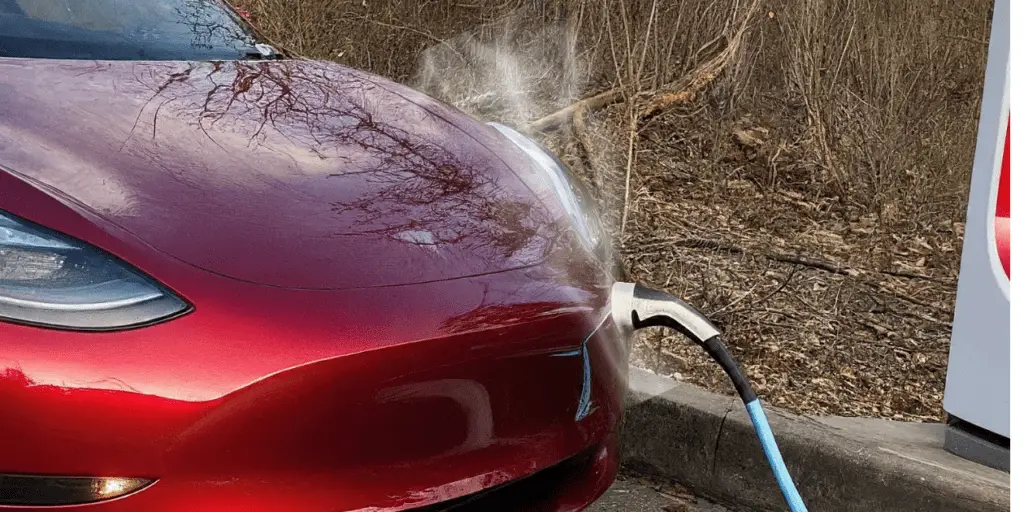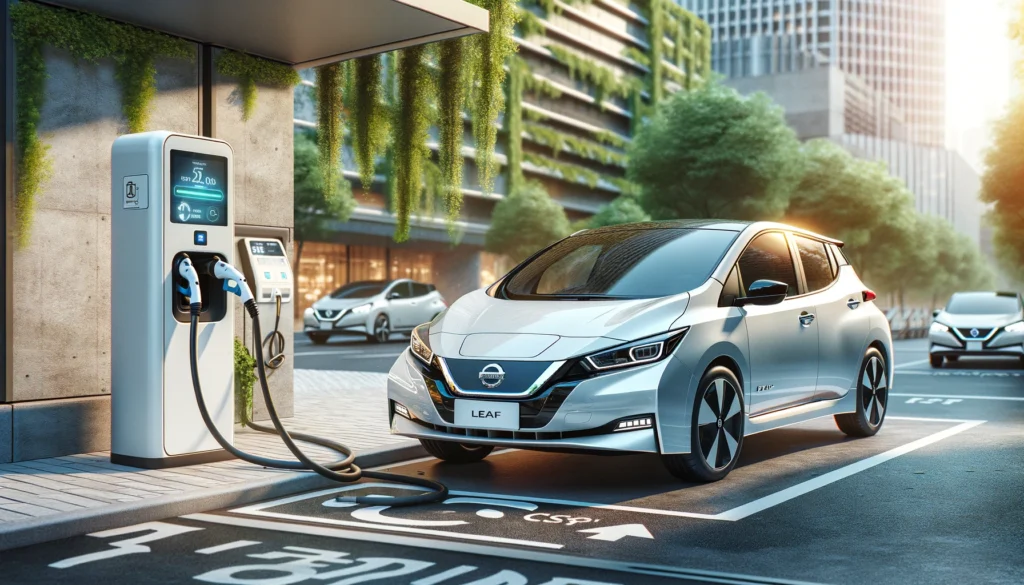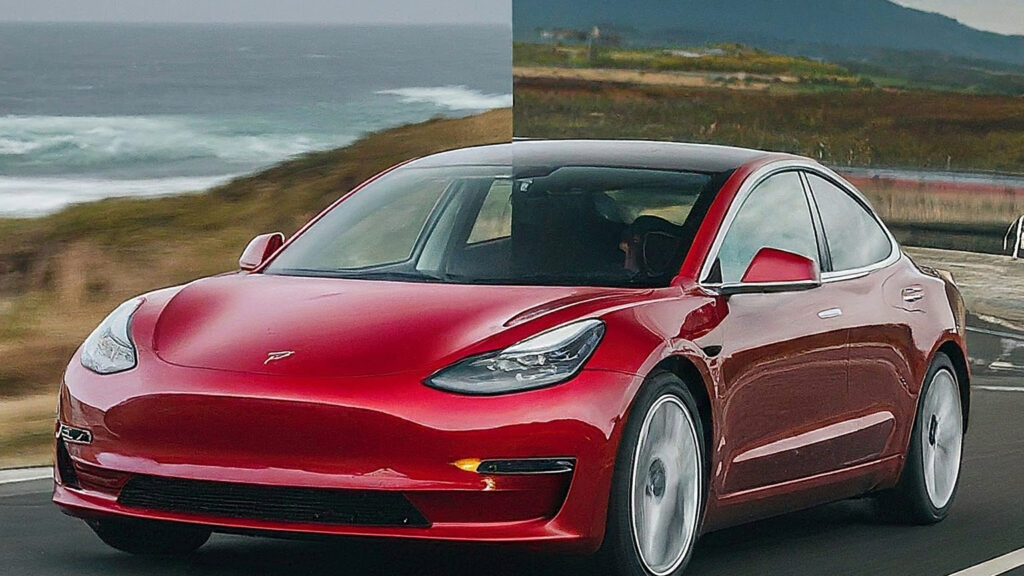
As Tesla continues to revolutionize the automotive industry with its innovative electric vehicles, occasional concerns may arise, such as smoke while charging. While it’s natural for such occurrences to raise alarm, understanding the potential causes and solutions can alleviate worries and ensure a smooth charging experience. In this comprehensive guide, we’ll delve into the reasons behind Tesla smoke while charging and provide actionable steps to address them effectively.
Before we move into the “smoke” phenomenon, let’s establish a basic understanding of how Teslas charge. Unlike gasoline-powered vehicles, Teslas utilize Lithium-ion batteries that require electrical energy to function.
These batteries are complex pieces of technology, and their temperature plays a crucial role in their health and performance. Tesla’s Battery Management System (BMS) is constantly monitoring and regulating the battery’s temperature to optimize charging and ensure longevity.
What Causes Smoke While Charging a Tesla?
Overheating Components
Tesla vehicles are equipped with advanced battery and charging systems, but like any electronic device, they can experience overheating under certain conditions. Overloading the charging system, using incompatible charging equipment, or charging at excessively high temperatures can all contribute to component overheating and, in rare cases, produce smoke.
Electrical Faults or Damage
Electrical faults or damage within the charging system can also lead to smoke emissions during charging. This could result from damaged cables, connectors, or internal components, compromising the integrity of the charging process and potentially causing overheating or short circuits.
Contaminants or Foreign Objects
Contaminants or foreign objects, such as water ingress or debris in the charging port, can interfere with the charging process and generate smoke. Water intrusion, in particular, poses a significant risk of electrical damage and should be addressed promptly to prevent further complications.
Steps to Take If You Encounter Smoke While Charging
Step 1: Safety First
If you notice smoke emanating from your Tesla while charging, prioritize safety above all else. Immediately stop the charging process, disconnect the charging cable from both the vehicle and the power source, and move to a safe distance away from the vehicle.
Step 2: Assess the Situation
Once you’ve ensured your safety, assess the situation to identify the source and severity of the smoke. Check for any visible signs of damage or overheating in the charging cable, connectors, or charging port. If possible, inspect the area around the vehicle for potential contaminants or foreign objects.
Step 3: Contact Tesla Support
If you’re unable to determine the cause of the smoke or if there are signs of damage to the charging equipment, contact Tesla support immediately for assistance. Provide them with details of the incident, including any observations or concerns you may have, to facilitate prompt troubleshooting and resolution.
Step 4: Seek Professional Assistance
Depending on the severity of the situation and the extent of any damage, it may be necessary to seek professional assistance from a certified Tesla service center or qualified technician. They can perform a comprehensive inspection of the charging system, diagnose any underlying issues, and carry out necessary repairs or replacements as needed.
Preventive Measures to Avoid Smoke While Charging
Use Genuine Tesla Charging Equipment
To minimize the risk of smoke or charging-related issues, always use genuine Tesla charging equipment specifically designed for your vehicle model. Third-party or aftermarket charging accessories may not be compatible or meet the same quality standards, increasing the likelihood of compatibility issues or damage.
Follow Recommended Charging Guidelines
Adhere to Tesla’s recommended charging guidelines and avoid overloading the charging system or using incompatible charging adapters. Charging your vehicle within the recommended voltage and current limits, as well as maintaining proper ventilation and temperature conditions, can help prevent overheating and ensure a safe charging process.
Regular Maintenance and Inspection
Regularly inspect and maintain your Tesla charging equipment to identify any signs of wear, damage, or deterioration. Clean the charging port and connectors periodically to remove any debris or contaminants that may interfere with the charging process. Additionally, schedule routine maintenance checks with a certified Tesla service center to ensure the optimal performance and safety of your vehicle’s charging system.
How to Differentiate Between Steam and Smoke
So, how can you tell the difference between harmless steam and smoke that might indicate a genuine problem? Here are some key factors to consider:
- Color: Steam typically appears white or colorless, while smoke from an electrical fire is often black or grey.
- Smell: Steam is odorless, whereas smoke from a fire will usually have a burning plastic or chemical odor.
- Intensity and Location: Steam from the charging process is usually minimal and dissipates quickly. Smoke from a fire, on the other hand, will be more intense and persistent, potentially accompanied by sparks or flames.
If you suspect a genuine fire:
- Stop charging immediately: Disconnect your Tesla from the charging station and turn off the car.
- Evacuate the area: Move yourself and others away from the vehicle to a safe distance.
- Call emergency services: Dial 911 or your local emergency number and inform them about a potential electric vehicle fire.
Conclusion: Ensuring a Safe and Seamless Charging Experience
While encountering smoke while charging your Tesla may seem alarming, understanding the potential causes and taking proactive measures can help mitigate risks and ensure a safe and seamless charging experience. By prioritizing safety, following recommended guidelines, and seeking professional assistance when needed, you can enjoy the convenience and reliability of charging your Tesla with confidence.
Remember, if you ever encounter smoke or other unexpected issues during charging, don’t hesitate to take immediate action and seek assistance from Tesla support or a qualified technician. With proper care and attention, you can continue to enjoy the unparalleled performance and innovation that Tesla vehicles have to offer.
FAQ’s:
u003cstrongu003eWhat should I do immediately if my Tesla starts to smoke while charging?u003c/strongu003e
If your Tesla begins to emit smoke while charging, the first step is to u003cstrongu003eensure your safety and the safety of those around youu003c/strongu003e. Immediately stop the charging process by disconnecting the charger from the vehicle and the power source. Move to a safe distance and contact Tesla support for further instructions. Do not attempt to reconnect the charger or drive the vehicle until it has been inspected and cleared by a professional.
u003cstrongu003eCan using non-Tesla charging equipment cause my vehicle to smoke while charging?u003c/strongu003e
Using non-Tesla charging equipment or third-party accessories not approved by Tesla can increase the risk of compatibility issues, which might lead to overheating or electrical faults during the charging process. To minimize the risk, always use Tesla-approved charging equipment and follow the manufacturer’s recommendations for charging your vehicle.
u003cstrongu003eHow can I prevent my Tesla from smoking while charging in the future?u003c/strongu003e
To prevent your Tesla from emitting smoke while charging, follow these guidelines:u003cbru003eUse only Tesla-approved charging equipment and accessories.u003cbru003eRegularly inspect your charging cable and port for damage or foreign objects.u003cbru003eFollow Tesla’s recommended charging practices, avoiding charging in extremely high temperatures.u003cbru003eSchedule regular maintenance checks at authorized Tesla service centers.
u003cstrongu003eCan smoke emission during charging cause long-term damage to my Tesla?u003c/strongu003e
Smoke emission during charging can be symptomatic of underlying issues that might cause long-term damage if not addressed promptly. Electrical faults, battery damage, or compromised components can have lasting impacts on vehicle performance and safety. Immediate action and professional inspection are essential to diagnose and resolve the issue, preventing potential long-term damage.


